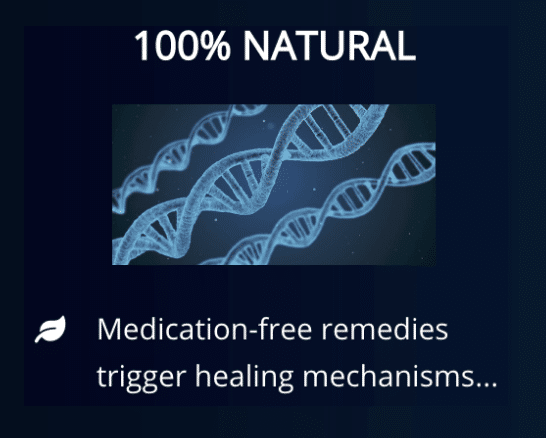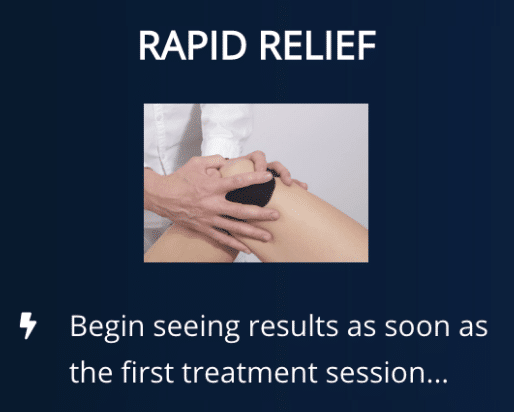
Carpal Tunnel Treatment In Murfreesboro
Are you experiencing wrist pain, numbness, or tingling sensations in your hand? These could be signs of carpal tunnel syndrome (CTS), a common condition caused by compression of the median nerve in the wrist. Left untreated, CTS can lead to increased discomfort and reduced mobility.
If you’re looking for effective, nonsurgical carpal tunnel treatment near you, chiropractic care may be the solution. At our Murfreesboro clinic, Dr. Oscar Noriega, a licensed chiropractor, specializes in treating carpal tunnel syndrome using proven techniques to reduce pain, restore mobility, and improve quality of life.
Don’t let wrist pain disrupt your daily routine. Book your appointment with Dr. Oscar Noriega today for personalized care tailored to your needs.





What Is Carpal Tunnel Syndrome?
The carpal tunnel is a small passageway in the wrist that houses the median nerve and tendons. When this nerve becomes compressed due to increased pressure, it leads to carpal tunnel syndrome.
The median nerve plays a crucial role in hand movement and sensation, running from the fingertips through the wrist, arm, and neck to the spinal cord. Pressure on this nerve can cause a range of uncomfortable symptoms.
Symptoms of Carpal Tunnel Syndrome
Recognizing the early signs of carpal tunnel syndrome is essential for prompt treatment. Common symptoms include:
- Pain in the thumb, wrist, or arm.
- Tingling or numbness in the fingers, especially at night.
- Weakness in hand strength or grip.
- Stiffness or clumsiness in hand movements.
- Difficulty performing fine motor tasks.
If these symptoms sound familiar, consider consulting a carpal tunnel chiropractor near you to explore treatment options.
What Causes Carpal Tunnel Syndrome?
Carpal Tunnel Syndrome (CTS) occurs when the median nerve in the wrist undergoes pressure, leading to various symptoms. Repetitive hand movements, often seen in jobs requiring constant use of hands and wrists, are a common cause. Additionally, conditions such as arthritis, diabetes, and thyroid dysfunction can contribute to CTS. Various factors contribute to this compression:
- Repetitive hand movements
- Arthritis
- Diabetes
- Thyroid dysfunction
- Pregnancy
- Obesity
- Genetic factors
- Wrist injuries or abnormalities
Treatment Options for Carpal Tunnel Syndrome
There are both nonsurgical and surgical treatments available for carpal tunnel syndrome:
Nonsurgical Treatments
Ideal for mild to moderate cases, these treatments include:
- Wrist bracing or splinting.
- Chiropractic adjustments targeting the wrist and spine.
- Nerve gliding exercises to improve flexibility.
- Anti-inflammatory medications or steroid injections.
Surgical Treatments
Severe cases may require surgical intervention such as:
- Endoscopic carpal tunnel release surgery (minimally invasive).
- Open carpal tunnel surgery.
At our Murfreesboro clinic, we focus on nonsurgical treatments, offering a natural and effective alternative to surgery.
How A Chiropractor Can Help Treat Carpal Tunnel Syndrome
Can a chiropractor diagnose carpal tunnel? Absolutely. Chiropractors are trained to identify nerve-related issues, including carpal tunnel syndrome.
Here’s how chiropractic care can help:
- Spinal adjustments to relieve nerve compression originating in the neck.
- Wrist adjustments to reduce pressure on the median nerve.
- Gentle techniques like massaging or mobilizing the wrist to restore mobility and alleviate pain.
By addressing the root cause of your symptoms, chiropractic care provides a long-term solution for CTS.
Why Choose Us for Carpal Tunnel Treatment in Murfreesboro?
At our clinic, we specialize in carpal tunnel chiropractic care tailored to your specific needs. Whether you’re searching for a chiropractor for wrist pain near me or exploring natural CTS treatments, our team is here to help.
With a holistic approach and advanced techniques, we aim to reduce your pain and improve your hand functionality.
Schedule Your Appointment Today
Stop searching for the best carpal tunnel doctor near me and start your journey to recovery with chiropractic care. Visit our Revolution Chiropractic Murfreesboro clinic to experience relief from carpal tunnel syndrome without surgery.
Contact us to book your appointment and take the first step toward a pain-free life.
Book An Appointment
Request an appointment online by calling us on (615) 867-7693
You can also use the online booking tool below
Frequently Asked Questions About Carpal Tunnel Syndrome
Is it possible to cure carpal tunnel without any surgery?
Yes, many times carpal tunnel syndrome can be cured without surgery. Early intervention with chiropractic care or physical therapy along with some lifestyle modifications are often enough to avoid surgery. Your doctor can also help by suggesting measures on how to prevent carpal tunnel.
What other conditions have similar symptoms as carpal tunnel?
Rheumatoid arthritis, direct trauma to the wrist joint, wrist fracture, fluid buildup, amyloidosis with the accumulation of deposits in the wrist, or wrist cysts have similar symptoms as carpal tunnel.
How long does it take for carpal tunnel to heal?
It varies a lot; for example, if it is mild, carpal tunnel syndrome can heal in a few days to a few weeks with noninvasive treatment like chiropractic or rest and heat therapy. The recovery time is 4 to 6 weeks or longer if surgery is necessary.
Reviewed By

